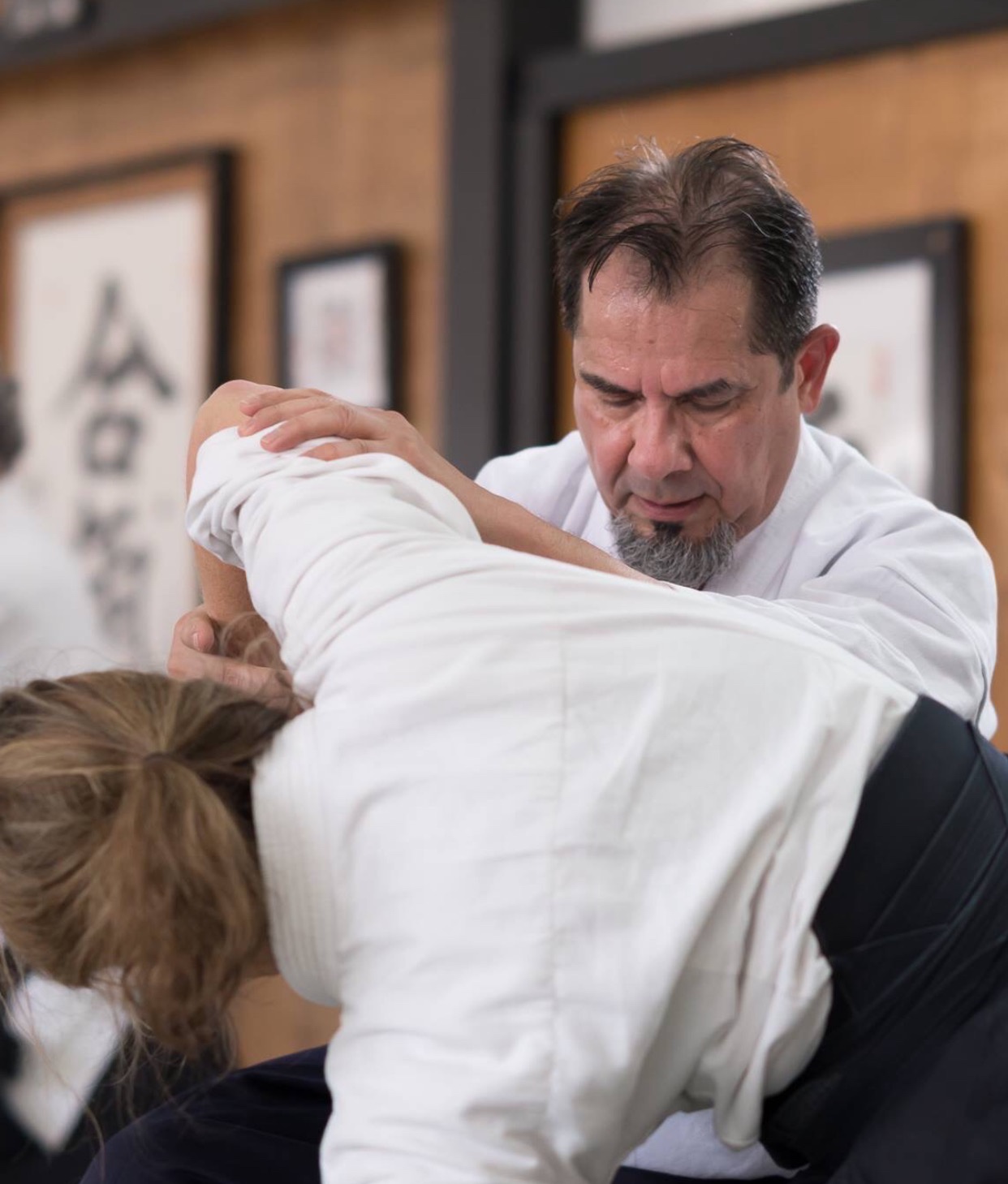By Ania Small PhD.
Working with a partner and the practice of connection push us to understand others better. But what form does it take and how does it manifest in Aikido training? Empathy, sympathy and compassion share some similarities, but describe slightly different experiences.
Empathy is defined as an ability to experience the feelings of another person. It entails being able to relate to them. Empathy is different from sympathy, involving acknowledging another person’s experience and feelings, without necessarily experiencing them yourself. Compassion involves sympathetic concern for the suffering of others. It is therefore similar to sympathy, but it also implies relatability of empathy.
I would argue that what we work on in Aikido, although involving all three, is the closest to compassion. We develop an ability to relate, but in the moment don’t experience the same feeling, otherwise our technique would not be effective. For example, if we respond to an agressive attack, we might be able to relate to the anger, and feel the compassion, but not feel angry, while executing the movement. When we take our partner’s balance, we don’t want our own balance to suffer along, instead we are able to maintain stability, treating our “opponent” with compassion, and helping them fall safely.
In the process of studying Aikido, we develop all three: empathy, sympathy and compassion. Progressing within the art, we use more of compassion, and fine-tune the ability to relate to others’ experience, without it affecting us in a way that wouldn’t compromise our own feelings, movement and balance. In other words, we are practicing interconnectedness, the state of being implying both connection and autonomy.

Photo by Terrence Duffy
Let me know what you think. ania@asu.org

Recent Comments